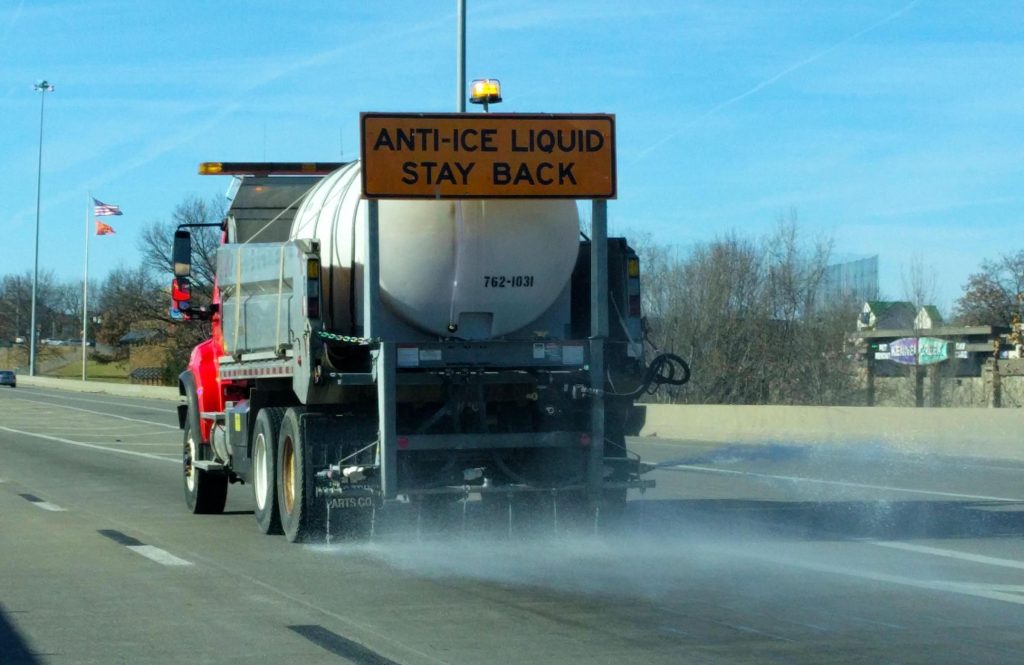A liquid deicer is a dry deicer that has been dissolved in water. Deicers are diluted in water when they are dissolved, and dilution also reduces their melting ability. Most people are unaware of this. When deicers are applied to water, they lower its freezing point. Everyone has the same questions in mind. Why You Should Use Liquid Deicer? Do liquid deicers have an environmental impact? Let’s investigate this.
In liquid solutions, the chemicals are similar to those in dry spreaders. You do not use more eco-friendly materials since you use the same materials. Most liquid deicers are salt-water solutions with 30% salt, with rock salt constituting most of the salt.
The presence of magnesium chloride and calcium chloride in liquid deicers and anti-icers is also common. In general, these are less energy-intensive, environmentally friendly, but prohibitively expensive in every case.
Why You Should Use Liquid Deicer? A liquid deicer acts as a pretreatment for snow, preventing it from sticking to the pavement. After the snow is removed, ice will not reform as quickly and therefore less deicer will be needed after treatment. Deicers made from liquids typically use fewer pounds of salt per square foot of pavement than salt made from bulk. The amount of salt needed should be more than 2 pounds in a brine solution instead of dry spreading.

If you are dealing with anti-icing applications, using less is extremely important. With the appropriate application of brine, ice and snow are prevented from forming on pavements. Thanks to technological advancements, today’s tools can pinpoint the exact application of the solution. Adding more salt to a dry application will ensure even distribution, and all you need to do is put down enough to cover the target area.
A liquid deicer works well for deicing or removing thin to moderate accumulations of ice from surfaces. As a pre-treatment, you can also apply liquid deicer to the pavement before snowfall. Nevertheless, it cannot sufficiently cut through heavy ice or snow that is over an inch thick.
To reap the benefits of both salt and brine, liquid deicers are made by mixing brine solution with dry salt as they are spread. Liquid deicer is wasted wherever it isn’t needed, and wasting resources is bad for the environment.
Despite a reduction in the amount of salt used, the material remains salt, which, in small amounts, does not pose a problem but can damage roads and the environment in large amounts. There is no perfect deicer, but using a solution that uses a third less salt while still keeping people safe is a start. The use of brine solutions saves the environment and money on the salt since we consume less salt when we use them.
